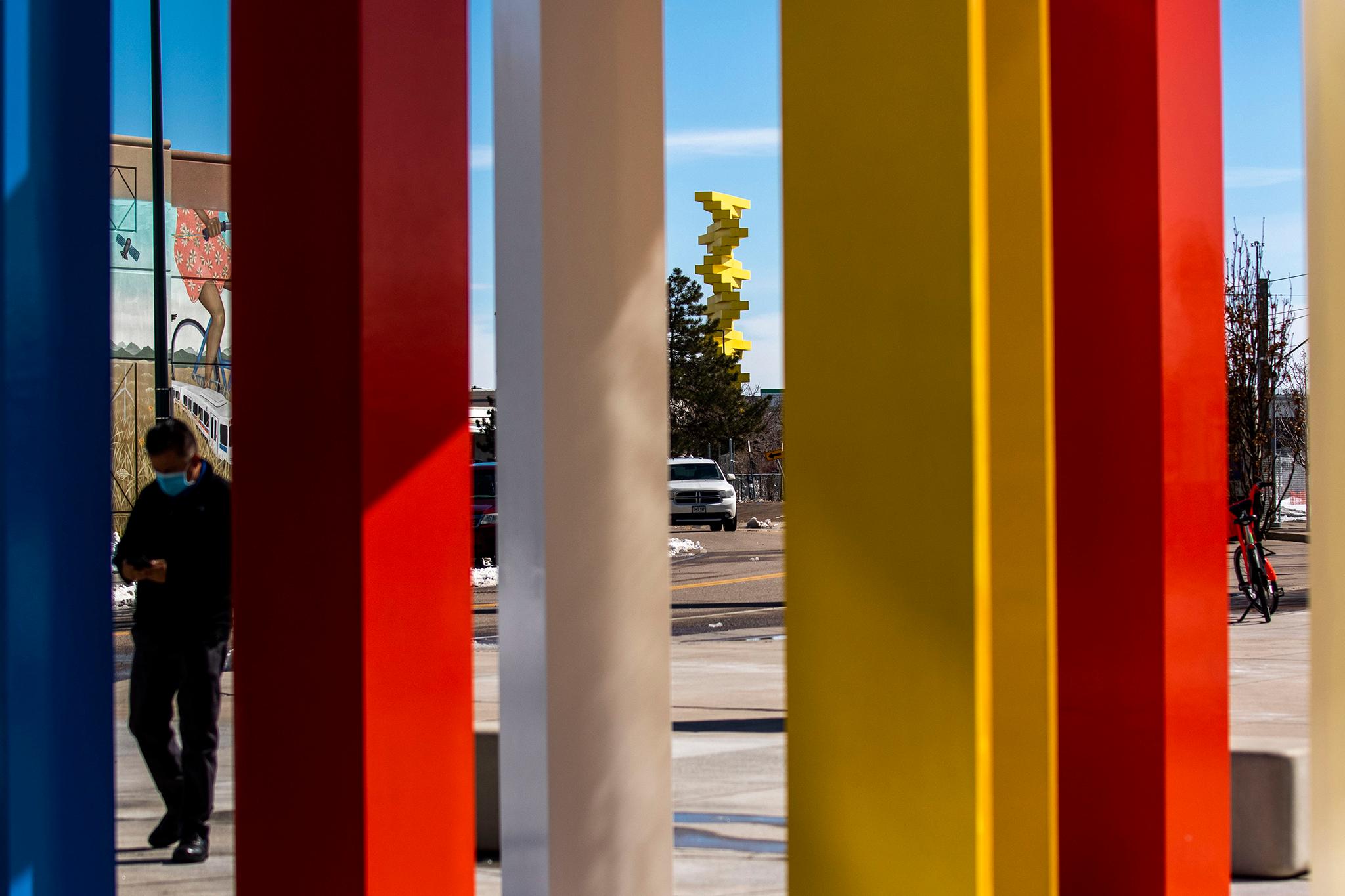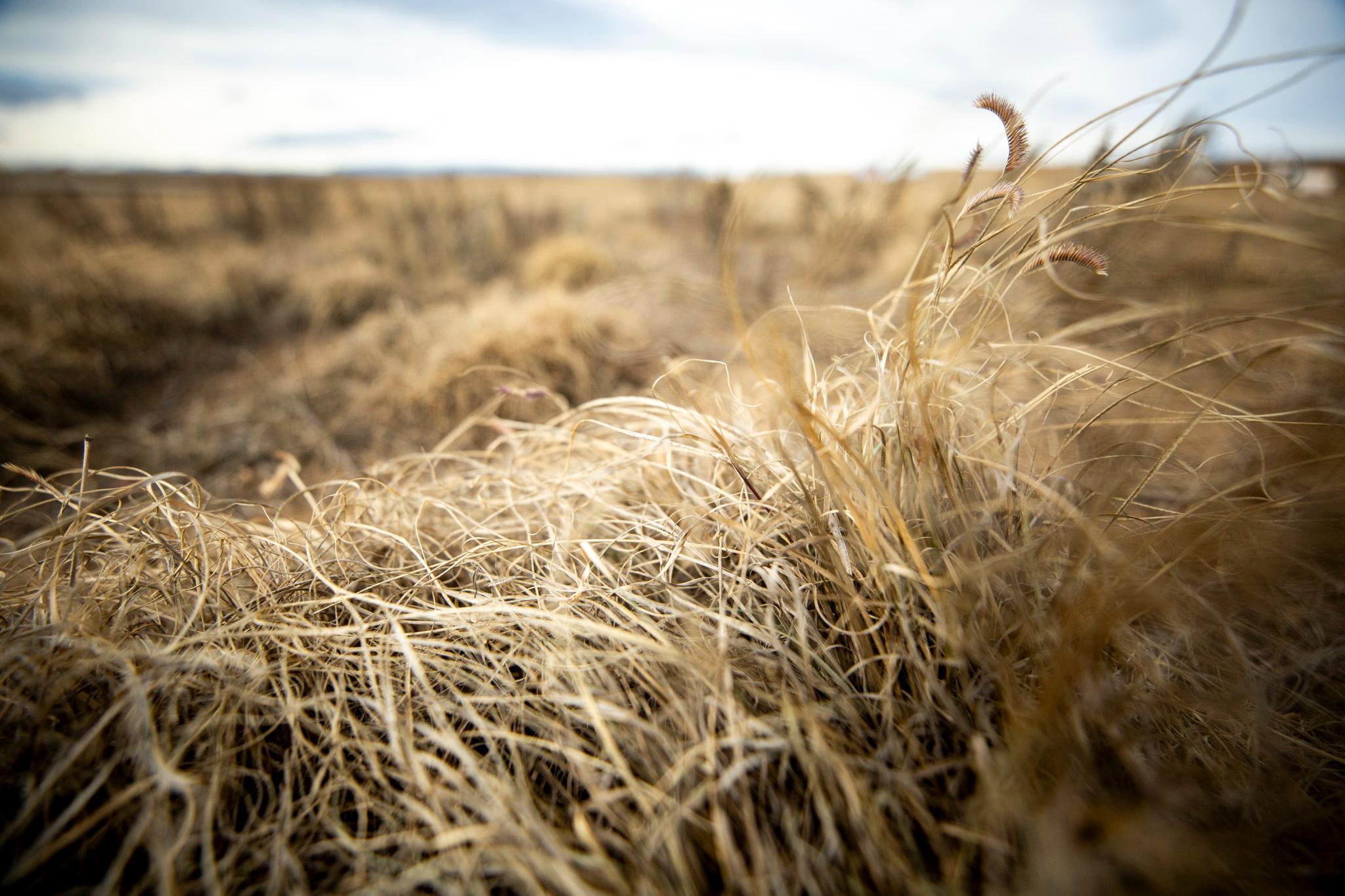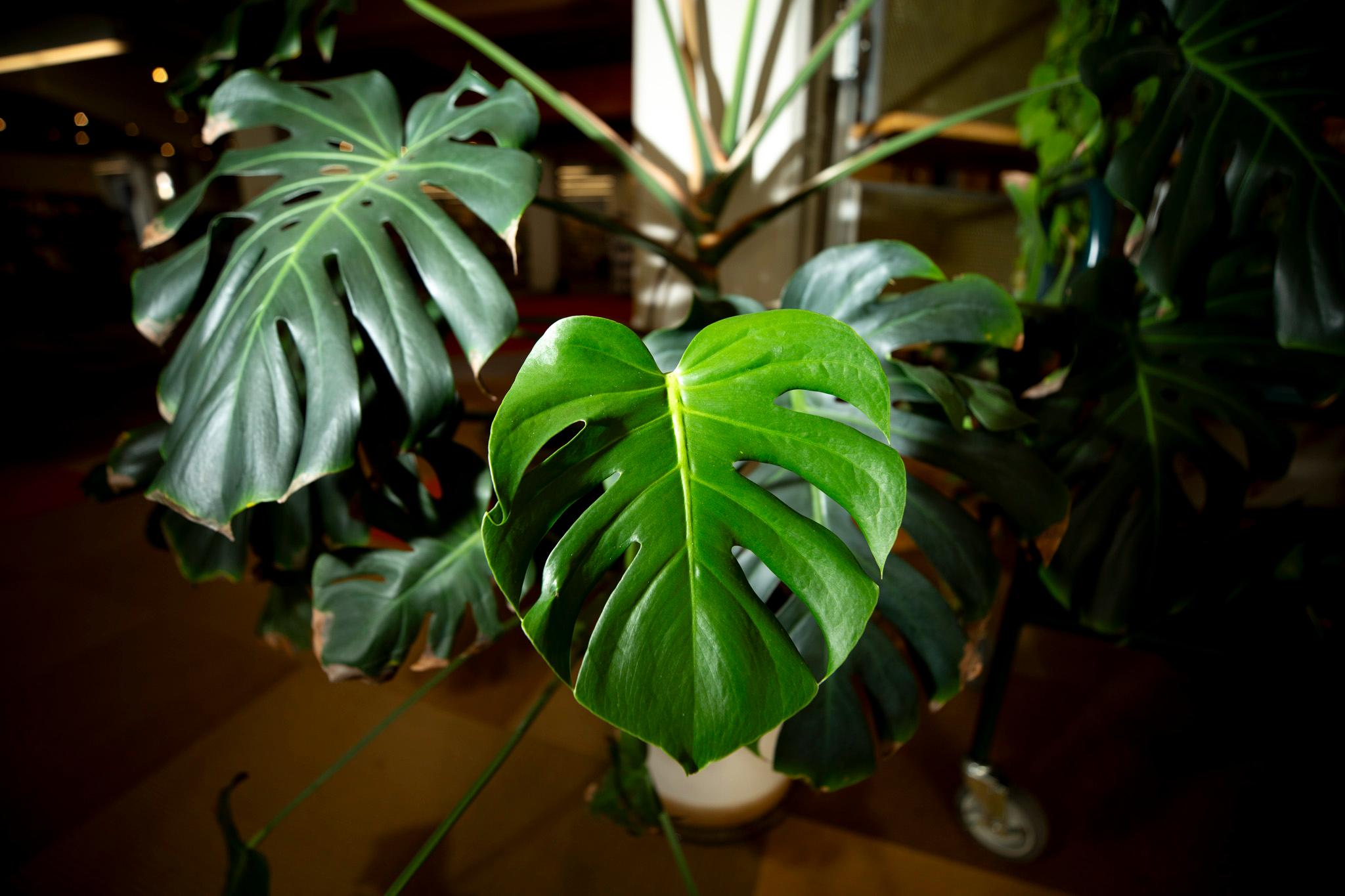South Broadway's yellow French fry stack, officially titled "articulated wall," is getting some siblings.
The Broadway Park project, which is transforming the area around the old Alameda Avenue K-Mart into new housing and commercial space, is drawing inspiration from the nearby towering yellow sculpture.
Herbert Bayer designed "articulated wall" as a "maquette," a tiny sculpture that serves as a 3-D blueprint for a larger installation that might be built later. He finished the the small version of the French fry stack in 1968 (it's in the Denver Art Museum's collection now). The 85-foot, fully realized sculpture was completed in 1985.
When D4 Urban, the master development firm behind Broadway Park, went looking for new art to grace RTD's Alameda Station, they dug into Bayer's archives for another sculptural concept. They found the maquette of "Four Chromatic Gates" in the Kirkland Museum of Fine and Decorative Art's collection, used it to create a 3D model and then hired Perspective Design Fabrication to transform the miniature into a monument. D4 recently unveiled the assembly of colored rectangles at the transportation plaza at the corner of South Cherokee Street and West Alaska Place.
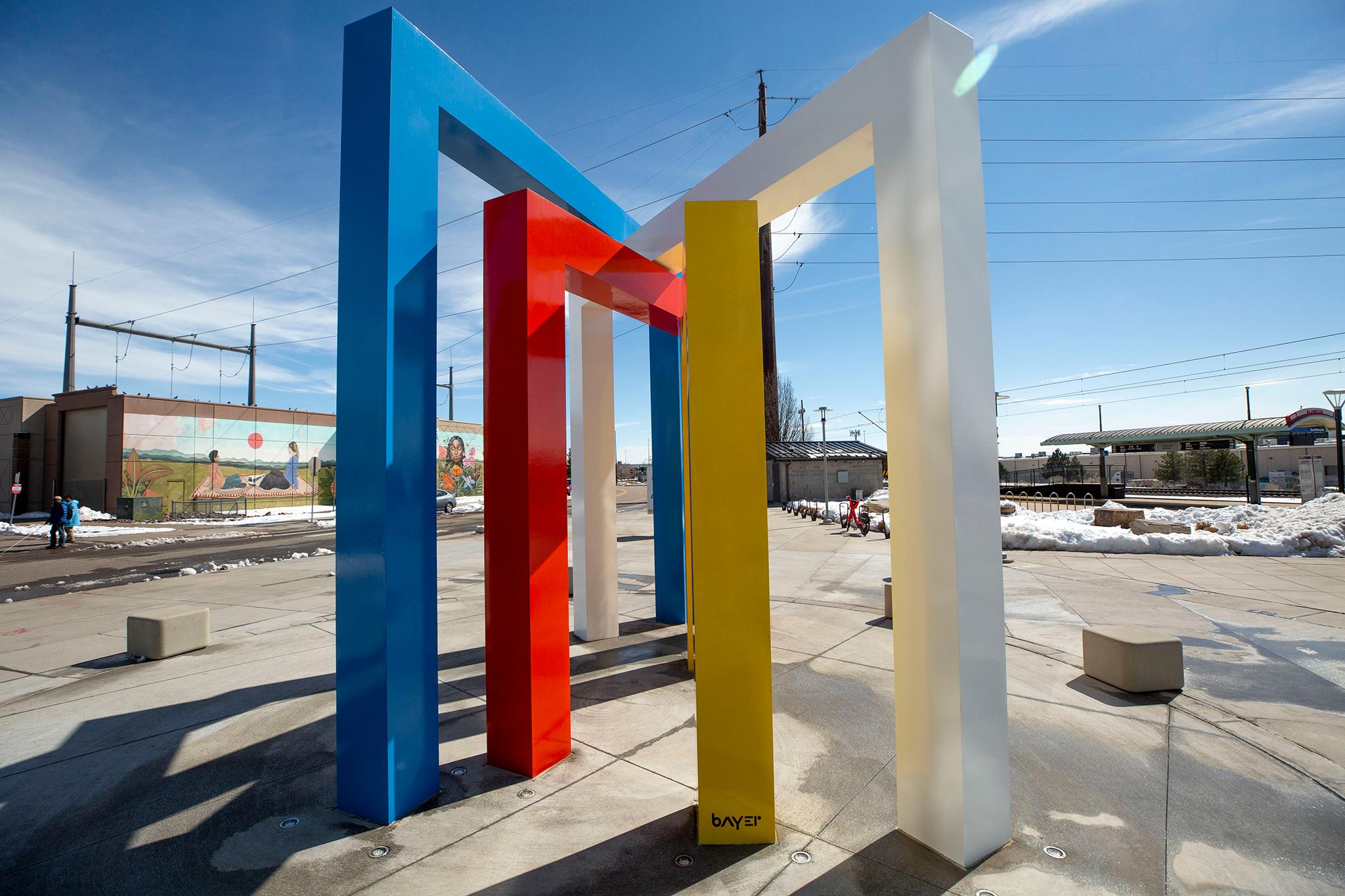
"It's kind of the front door to the development," D4 development partner Dan Cohen told us. "We just liked the idea of these gates as both a literal and a figurative entry into our property."
The developers are planning to construct another of Bayer's designs elsewhere in their project area. This second piece will be derived from photographs of a maquette that's been lost to history.
When they found the model of "Four Chromatic Gates," D4 had already decided that "articulated wall" and Bayer's broader body of work would be the north star for their project's design.
"Articulated wall" is visible from RTD's Alameda station. It's a neighborhood icon that Cohen said was an early inspiration for the development.
Bayer was trained in the Bauhaus school of design, an institution that emerged amid the poverty of post-World War I Germany. His step-granddaughter, Denver artist Koko Bayer, told us Bauhaus was less a style than a philosophy. It was about making something functional and beautiful from available materials, a departure from Europe's classical art academies that were deeply related to aristocratic hierarchies. When Hitler's regime began to target Bauhaus artists, many fled Germany and spread the school's ideas across the world. Bayer, one of the last artists to leave, entered the U.S. as a refugee.
The elder Bayer was an accomplished artist in a menagerie of media. He taught advertising, design and typography. He became known not only for his sculpture, but also for his murals and the "Universal" typeface he designed. Cohen said his diverse body of work has been fertile ground to find new ideas for Broadway Park.
"We're trying to weave it into everything we're doing here," he said. "We've basically interwoven it into the design process for the entire redevelopment. We have a set of development design directives, which are not so much architectural guidelines but are meant to serve as an inspiration for the designers and architects that are building buildings here."
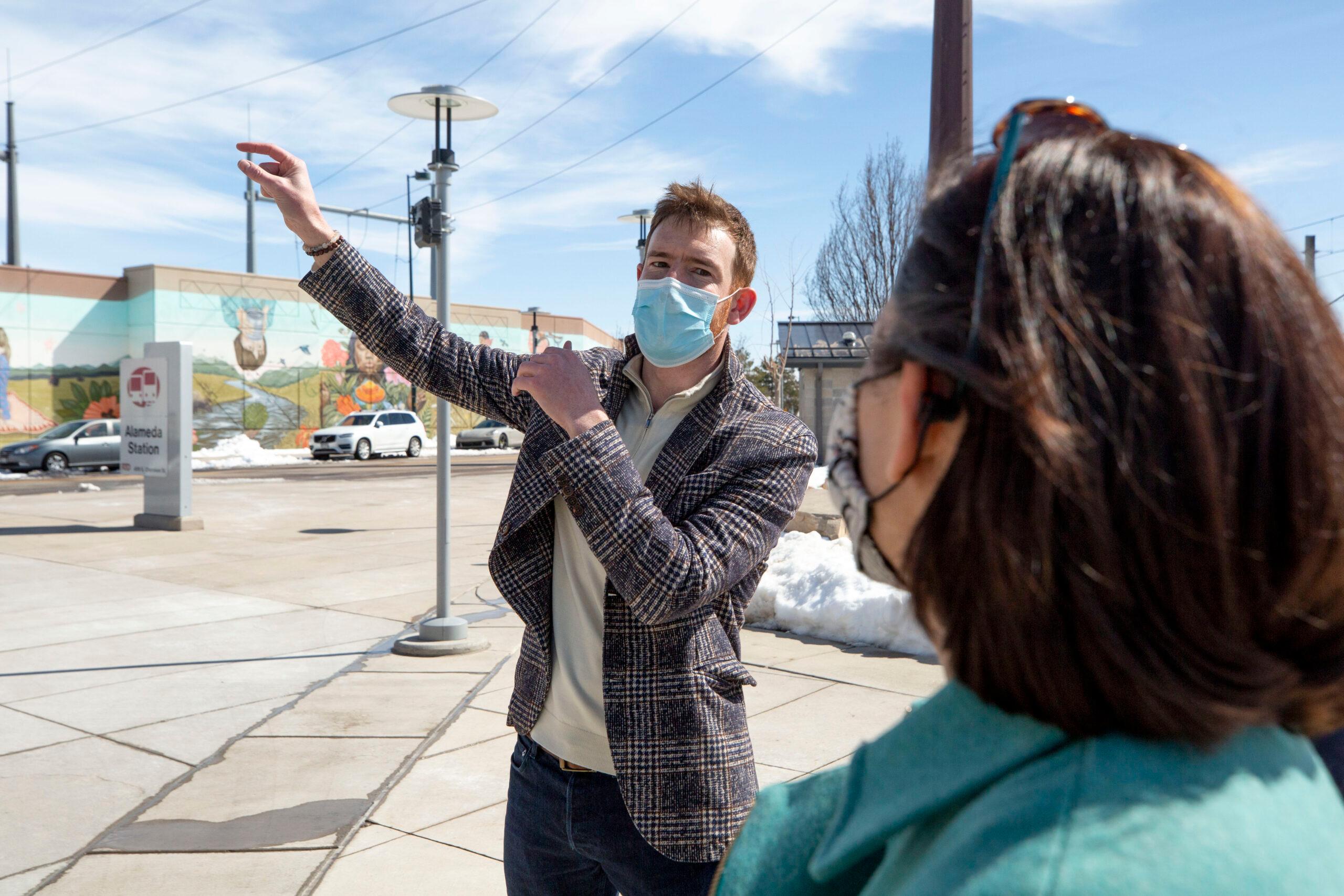
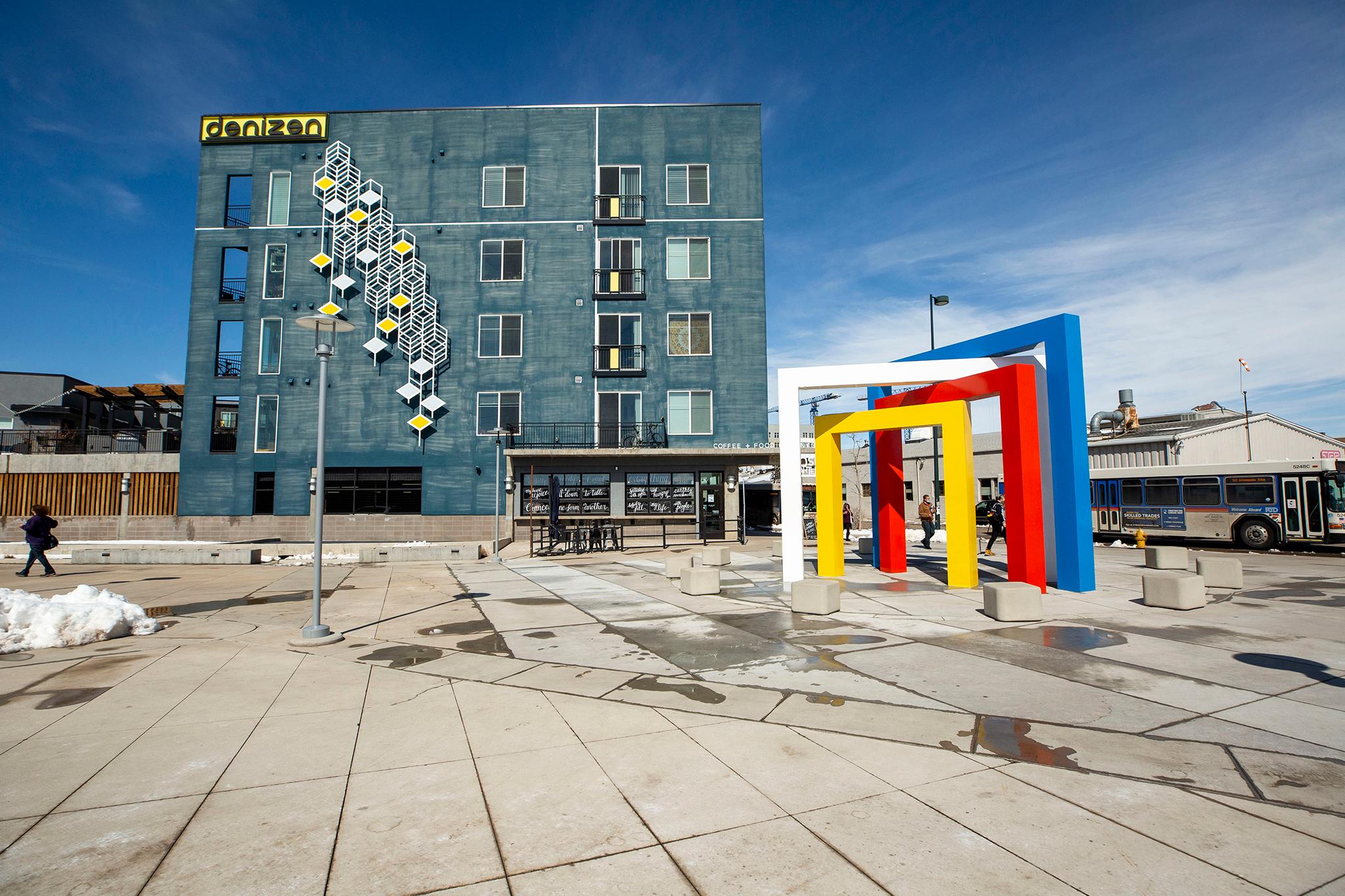
Any artist commissioned to make new work for the project is directed to use Bayer's portfolio as a starting place. Architects and planners are asked to do the same. They're also encouraged to take up tenants of Bauhaus thinking, like ideas that form should follow function and that elements should have multiple functions.
These concepts have already manifested along the side streets west of Broadway. For example, the simplistic concrete benches surrounding "Four Chromatic Gates" provide seating, create spatial boundaries for the art space and protect the stainless steel work from maintenance vehicles that might otherwise get too close for comfort. Bayer's Universal typeface can be found above the Gates on the Denizen apartment building, D4's first project in the area.
Renée Albiston, the Kirkland's associate museum director, said she's never seen a real estate developer dive so deeply into an artist's catalogue. "Certainly nothing this scale."
Koko Bayer has helped shepherd her grandfather's work into Broadway Park. For her, it's an opportunity to ensure Denverites know who created the iconic sculpture that's come to define the neighborhood.
Bayer is known for her street art, particularly the wheat-pasted messages of "hope" around town that employ Herbert Bayer's Universal font.
She grew up around her step-grandfather's art, but it wasn't until college that she really developed an appreciation for the ideas inherent in his work. While she didn't spend a lot of time with him while he was alive, she's become intimately familiar with Herbert's archive as an adult.
Koko told us she's been involved with D4 Urban's projects since they approached her more than six years ago, acting as her family's "eyes and ears" to make sure Herbert's ideas were carried out properly. She said the developers have properly honored her grandfather's work.
"(Cohen's) become a true believer, another convert on the team and the one person who I think has been most responsible for pushing it through," she said.


Koko chafes that so many people know "articulated wall" as the "French fry stack," though she added the colloquial name shows how many people recognize the work. (She often tells people: "French fries aren't yellow!")
Most people who have lived in Denver for a long time recognize the sculpture, she said, and many have stories about it. She hopes Broadway Park's use of her grandfather's art and style will ensure his name comes to mind when they think of this stretch of town.
"The one story that they generally don't have is: what it's called and who the artist is," she said. "One of my missions is to spread the word."

